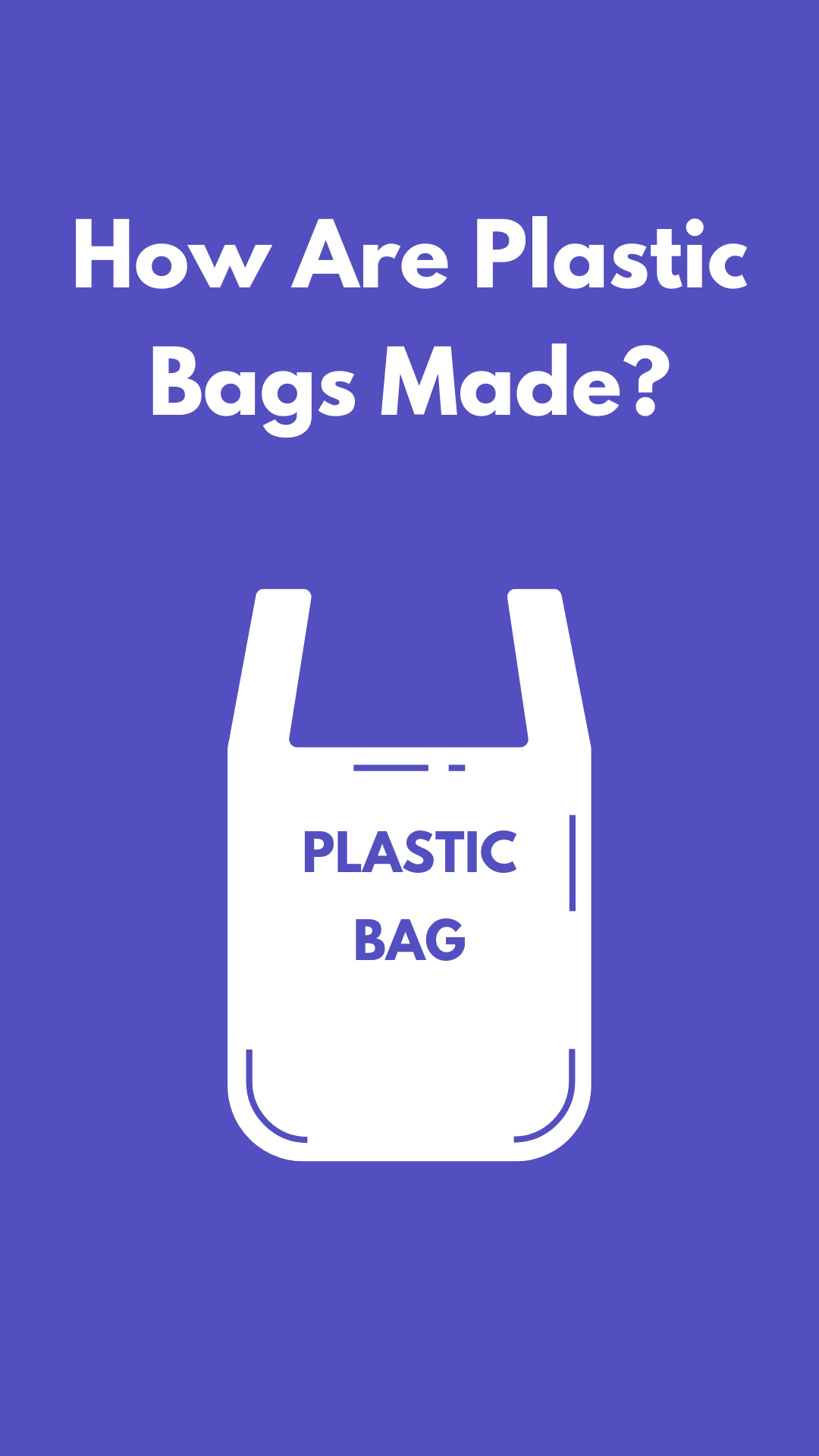Plastic Bags are among the most commonly used items in the world. From groceries to trash, we use them on a daily basis. But have you ever wondered how these thin pieces of material are made?
The process of making a plastic bag is actually quite simple. Plastic bags are made from a type of plastic called polyethylene. Polyethylene is a type of thermoplastic, which means that it can be melted and reformed over and over again.
Here’s a breakdown of the entire process:
Step#1: Extracting raw material
The first step in the process is to extract the raw material which is crude oil. Crude oil is a dark, thick liquid that is found deep underground. It is extracted from the ground using a process called drilling.
After the crude oil has been extracted, it is transported to a refinery. At the refinery, the crude oil is heated and cooled. The process separates the different types of hydrocarbons in crude oil.
Step#2: Making the plastic
The next step is to make the plastic by combining the hydrocarbons from crude oil with a gas called ethylene. The resulting mixture is put through a process called polymerization. And that turns the mixture into long chains of molecules called polymers.
The polymers are cooled and formed into pellets. By using various levels of pressure and heat, we can create resin pellets of different densities. These pellets have a wide range of uses, from manufacturing plastic shopping bags to creating grocery sacks. For example, most grocery bags are made of high-density polyethylene (HDPE), which is stronger than the plastic films created from low-density polyethylene (LDPE) or linear low-density polyethylene (LLDPE).
Step #3: Creation of Plastic Sheets
The next step is to take the pellets and create plastic sheets by heating the pellets until they become molten. The molten plastic is extruded, or pushed, through a die. A die is simply a metal plate with a hole in it. The size of the hole in the die determines the thickness of the plastic sheet.
The molten plastic is extruded onto a moving belt where it is cooled and formed into a sheet. The thickness of the sheet can be controlled by adjusting the speed of the belt and the temperature of the plastic.
Step #4: Making the bags
Then they are cut into small pieces called preforms. These forms are placed into a mold. The mold is heated until the plastic is soft enough to be shaped.
The mold determines the shape of the bag. For example, a trash bag would be made in a mold that gives it a rectangular shape. Once the plastic has cooled and hardened, the bag is ejected from the mold.
Step #5: Printing and finishing
The final step is to print the desired design on the bag and add any other finishing touches by feeding the bags into a printing machine. The machine prints the design onto the bag using a roll of pre-printed film.
After the design has been printed, the bags are cut to their finished size and heat-sealed. It also processes high temperatures to fuse the edges of the bag together. And that gives the bags their finished look and makes them strong enough to hold groceries or other items.
And that’s it! That’s how plastic bags are made.
And how are environmentally-friendly bags made?
The process of making an environment-friendly bag is similar to the process of making a plastic bag. The main difference is that instead of using plastic, eco-friendly bags are made from natural materials like cotton, jute, or hemp.
The first step is to gather the raw materials. Cotton, jute, and hemp are all plants that can be grown in fields. The fibers are extracted and spun into thread.
The next step is to weave the thread into the fabric. It can be done by hand or by machine. The fabric is cut to desired size and shape. The final step is to add any finishing touches, like printing or embroidery. A finished bag is then ready to be used.
Eco-friendly bags have a number of benefits over plastic bags. They are reusable, biodegradable, and recyclable. They are also much better for the environment.

